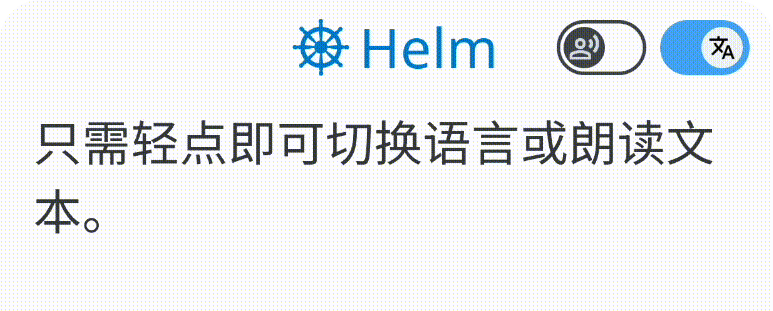 HDFC银行的首席执行官承认合并后的挑战,列举了经济因素,侧重于存款增长,同时保持流动性。
HDFC银行的首席执行官承认合并后的挑战,列举了经济因素,侧重于存款增长,同时保持流动性。  HDFC Bank's CEO acknowledges post-merger challenges, cites economic factors, and focuses on deposit growth while maintaining liquidity.
HDFC Bank's CEO acknowledges post-merger challenges, cites economic factors, and focuses on deposit growth while maintaining liquidity.
 HDFC银行的董事总经理兼首席执行官Sashidhar Jagdishan承认,与母公司HDFC合并后面临挑战,理由是由于全球经济变化导致流动性紧张,包括印度储备银行的回购利率上调和剩余流动性的耗尽。
HDFC银行的董事总经理兼首席执行官Sashidhar Jagdishan承认,与母公司HDFC合并后面临挑战,理由是由于全球经济变化导致流动性紧张,包括印度储备银行的回购利率上调和剩余流动性的耗尽。  HDFC Bank's MD & CEO, Sashidhar Jagdishan, acknowledged the challenges in the landscape post-merger with parent HDFC, citing tight liquidity due to global economic changes, including the RBI's repo rate hikes and draining of surplus liquidity.
HDFC Bank's MD & CEO, Sashidhar Jagdishan, acknowledged the challenges in the landscape post-merger with parent HDFC, citing tight liquidity due to global economic changes, including the RBI's repo rate hikes and draining of surplus liquidity.  消费者的偏好转向共同基金、股票和房地产。
消费者的偏好转向共同基金、股票和房地产。  Consumer preferences shifted towards mutual funds, equities, and real estate.
Consumer preferences shifted towards mutual funds, equities, and real estate.  尽管如此,该银行仍然把重点放在分行扩张上,将存款增长置于信贷增长之上。
尽管如此,该银行仍然把重点放在分行扩张上,将存款增长置于信贷增长之上。  Despite this, the bank is focusing on branch expansion and prioritizing deposit growth over credit growth.
Despite this, the bank is focusing on branch expansion and prioritizing deposit growth over credit growth.  HDFC银行旨在保持足够的流动资金缓冲,并计划以比其存款增长慢的速度增长预付款,以降低信贷与存款比率。
HDFC银行旨在保持足够的流动资金缓冲,并计划以比其存款增长慢的速度增长预付款,以降低信贷与存款比率。  HDFC Bank aims to maintain adequate liquidity buffers and plans to grow advances at a slower pace than its deposit growth to bring down the credit-to-deposit ratio.
HDFC Bank aims to maintain adequate liquidity buffers and plans to grow advances at a slower pace than its deposit growth to bring down the credit-to-deposit ratio.  该银行的兼职董事长Atanu Chakraborty强调了印度经济的光明前景以及合并对银行增长和为客户服务的能力的积极影响。
该银行的兼职董事长Atanu Chakraborty强调了印度经济的光明前景以及合并对银行增长和为客户服务的能力的积极影响。  The bank's part-time chairman, Atanu Chakraborty, highlighted the bright prospects of the Indian economy and the merger's positive impact on the bank's growth and ability to serve customers.
The bank's part-time chairman, Atanu Chakraborty, highlighted the bright prospects of the Indian economy and the merger's positive impact on the bank's growth and ability to serve customers.

 HDFC银行的首席执行官承认合并后的挑战,列举了经济因素,侧重于存款增长,同时保持流动性。
HDFC银行的首席执行官承认合并后的挑战,列举了经济因素,侧重于存款增长,同时保持流动性。  HDFC银行的董事总经理兼首席执行官Sashidhar Jagdishan承认,与母公司HDFC合并后面临挑战,理由是由于全球经济变化导致流动性紧张,包括印度储备银行的回购利率上调和剩余流动性的耗尽。
HDFC银行的董事总经理兼首席执行官Sashidhar Jagdishan承认,与母公司HDFC合并后面临挑战,理由是由于全球经济变化导致流动性紧张,包括印度储备银行的回购利率上调和剩余流动性的耗尽。  消费者的偏好转向共同基金、股票和房地产。
消费者的偏好转向共同基金、股票和房地产。  尽管如此,该银行仍然把重点放在分行扩张上,将存款增长置于信贷增长之上。
尽管如此,该银行仍然把重点放在分行扩张上,将存款增长置于信贷增长之上。  HDFC银行旨在保持足够的流动资金缓冲,并计划以比其存款增长慢的速度增长预付款,以降低信贷与存款比率。
HDFC银行旨在保持足够的流动资金缓冲,并计划以比其存款增长慢的速度增长预付款,以降低信贷与存款比率。  该银行的兼职董事长Atanu Chakraborty强调了印度经济的光明前景以及合并对银行增长和为客户服务的能力的积极影响。
该银行的兼职董事长Atanu Chakraborty强调了印度经济的光明前景以及合并对银行增长和为客户服务的能力的积极影响。  HDFC Bank's CEO acknowledges post-merger challenges, cites economic factors, and focuses on deposit growth while maintaining liquidity.
HDFC Bank's CEO acknowledges post-merger challenges, cites economic factors, and focuses on deposit growth while maintaining liquidity.